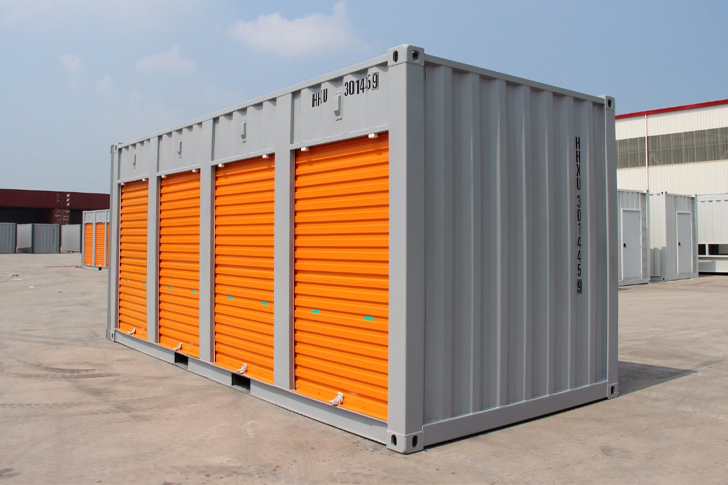Essential Tips for Seniors to Find Budget-Friendly Storage Units
As seniors downsize or transition into different living arrangements, finding affordable and practical storage solutions becomes crucial. Whether it’s due to moving into a smaller home, relocating to a retirement community, or simply a desire to declutter, storage units offer a way to keep possessions safe without overcrowding living spaces. This guide provides practical steps and resources to help seniors secure storage solutions that are not only budget-friendly but also reliable and convenient.

The Importance of Storage Solutions for Seniors
For many seniors, belongings such as family heirlooms, seasonal decorations, or hobby supplies are treasured but not needed daily. A storage unit can help keep these items safe, but the costs can be prohibitive. According to a 2022 Self Storage Association report, the average cost of a 10×10 foot unit in the U.S. is approximately $120 per month. However, prices vary significantly based on location and other factors. Finding a cost-effective solution is vital as fixed incomes can make affordability a top priority for seniors.
Understanding Different Types of Storage Units
Storage units come in various sizes and types, including climate-controlled units which are essential for protecting items from extreme temperatures and humidity. Although these may come at a premium, they are worth considering depending on what items you plan to store. For typically smaller less-sensitive items, non-climate controlled units can be significantly cheaper.
Steps to Find Affordable Storage Solutions
1. **Determine the Right Size**: Renting a unit that’s too large is a common way money is wasted. Carefully assess what you need to store and pick the smallest possible size that fits these items comfortably.
2. **Location Research**: Units located in urban centers are generally more expensive than those in suburban or rural areas. If you don’t need regular access to your belongings, consider choosing a facility a bit further from the city center to save money.
3. **Discounts and Promotions**: Many storage companies offer discounts for seniors, typically between 10% to 15%. Always ask about promotions, such as the first month free or a reduced rate for pre-paying for several months in advance.
4. **Compare Contracts**: Read contracts thoroughly for hidden fees or clauses that may result in price hikes. Fixed-rate guarantees for a period are preferable to avoid unexpected increases.
5. **Insurance Requirements**: Check if your existing homeowner’s or renter’s insurance covers items in storage. If not, compare third-party insurance costs which may be required by the storage facility. It can sometimes be cheaper to increase your existing insurance than to purchase separate coverage.
6. **Use Online Tools**: Websites like SpareFoot or SelfStorage.com allow seniors to compare size, price, and location from their computers, making it easier to find units that match their needs and budgets.
7. **Seasonal Variations**: Moving during the off-season, typically in fall or winter, can be cheaper than during the summer months when moving and storage demand is at its peak.
Could Sharing a Unit Make Sense?
Consider sharing a storage unit with a friend or a family member. This can halve the cost and you can still benefit from the additional space, especially if you don’t have enough belongings to fill an entire unit yourself.
Negotiating for Better Rates
If possible, negotiate with the storage facility manager. They might offer a better rate than advertised, especially if you commit to a long-term rental. Ensure to express your budget constraints and see if there’s a suitable option available within your budget.
Conclusion
Securing an affordable storage unit as a senior requires a bit of research and savvy. By understanding your needs, comparing options carefully, and availing senior discounts, it’s possible to find a storage solution that is both economical and secure.







Recent Comments